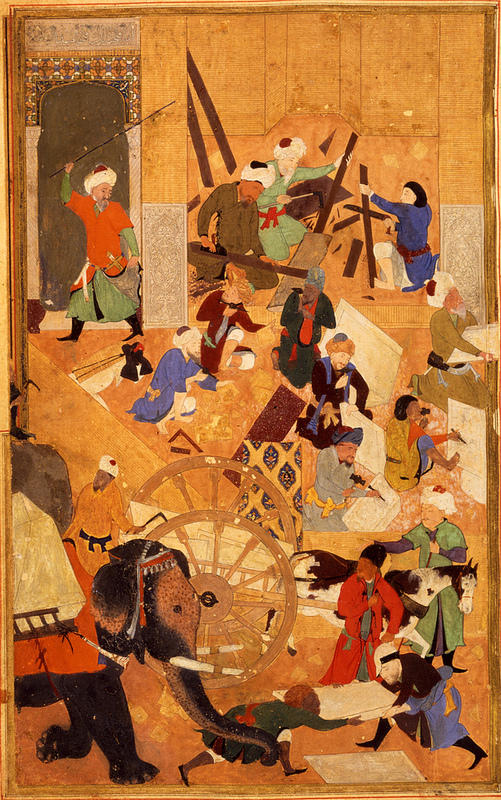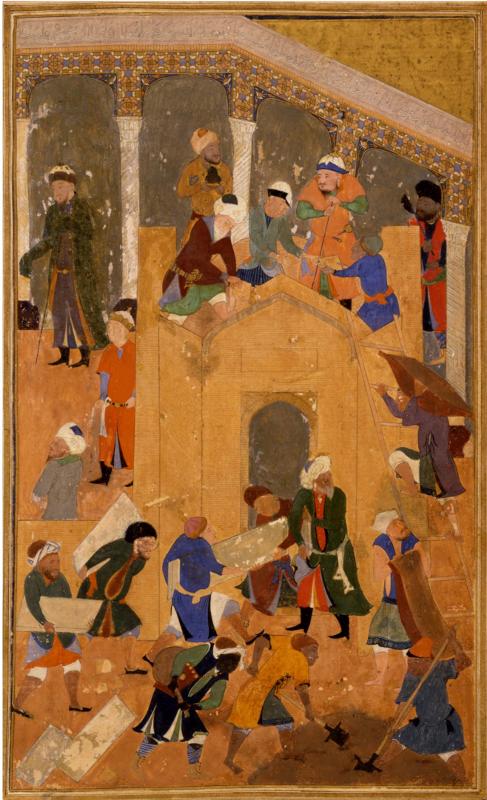
Find the perfect fit with Amazon Prime. Try Before You Buy.
Illustrations of Timurids in the Zafarnama of Sultan Husayn or ‘Garrett Zafarnama’
Building of the Great Mosque in Samarkand
 A larger image of Building of the Great Mosque in Samarkand (left) |
 A larger image of Building of the Great Mosque in Samarkand (right) |
